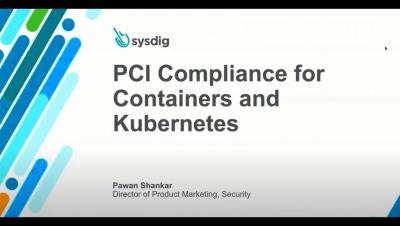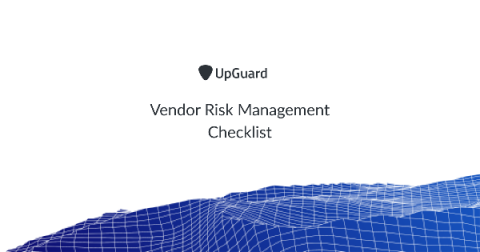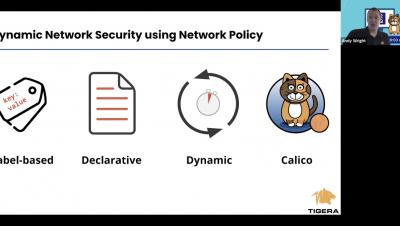Security | Threat Detection | Cyberattacks | DevSecOps | Compliance
%term
SysAdminTools vs No Tools
Vendor Risk Management Checklist
Vendor risk management (VRM) is a broad category that encompasses all measures that your organization can take to prevent data breaches and ensure business continuity. Legal issues, past performance, and creditworthiness are some of the common VRM issues that all companies review frequently. Additionally, cybersecurity and the reduction of third-party security risks are increasingly important.
Network Security for D2iQ Konvoy
GDPR Turns Two: What We've Learned So Far
Around 9 Million easyJet Customers' Details Stolen in Hacking Incident
British low-cost airline group easyJet revealed that an hacking incident had exposed approximately nine million customers’ information.
Winning with Cyber Threat Intelligence: Taking a More Personal View
In this final article of our trilogy, we investigate how a cyber threat intelligence (CTI) analyst and associated programmes provide insight about physical and cyber threats to your organisation. The value of these insights is reflected in the wins, which come as a result of context building, holistic understanding, and enhanced awareness in order to outmanoeuvre malicious actor(s).
Attacks Targeting ICS & OT Assets Grew 2000% Since 2018, Report Reveals
The digital threat landscape is always changing. This year is an excellent (albeit extreme) example. With the help of Dimensional Research, Tripwire found out that 58% of IT security professionals were more concerned about the security of their employees’ home networks than they were before the outbreak of coronavirus 2019 (COVID-19).
Locked Down But Not Locked Out: Business As Usual with Lawton Communications Group
It’s one thing to simulate your disaster recovery and business continuity response; it’s quite another to have to stress test your plan for real and at scale. Recently we chatted with Norman Cave-Browne-Cave, IT & Facilities Manager at Lawton Communications Group, the guy in the hot seat when the lockdown came. The task fell to Norman to maintain business as usual for his team in the UK, US and Australia. Here, he reflects on his experiences.









